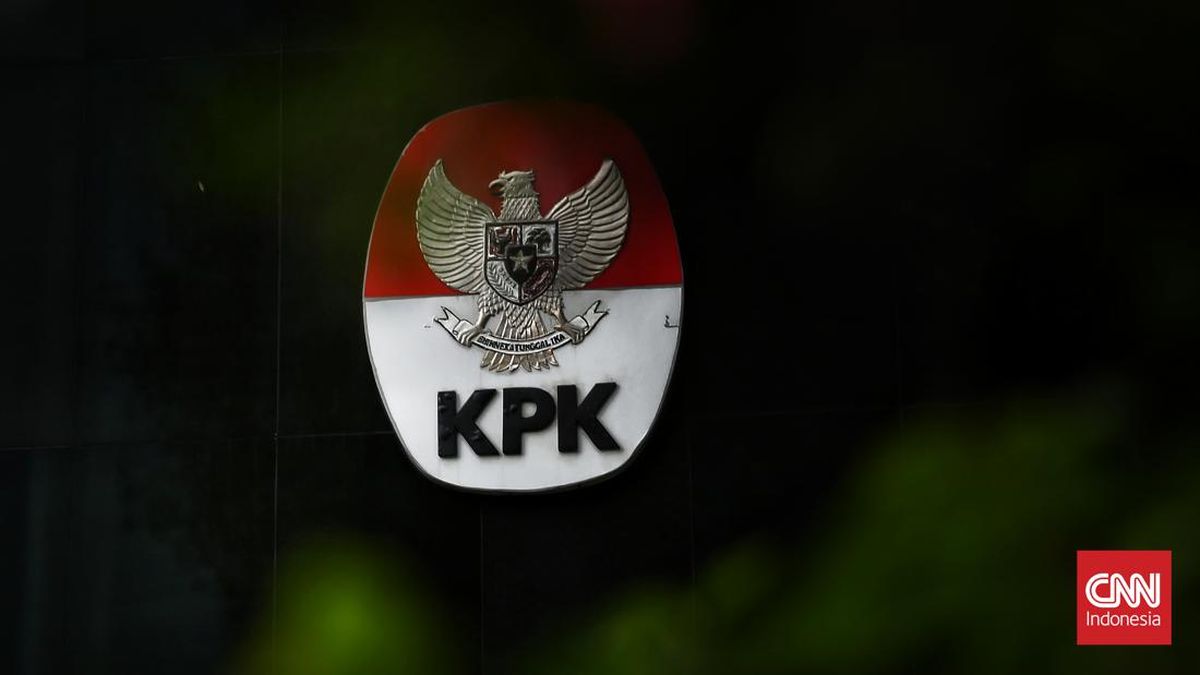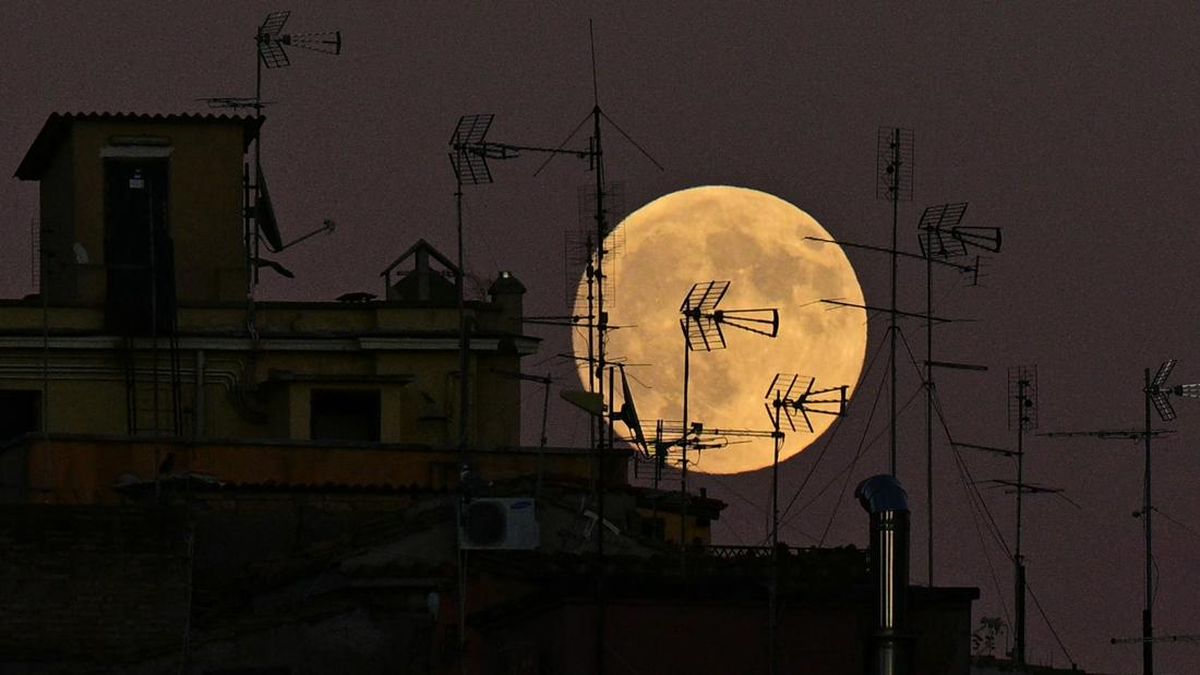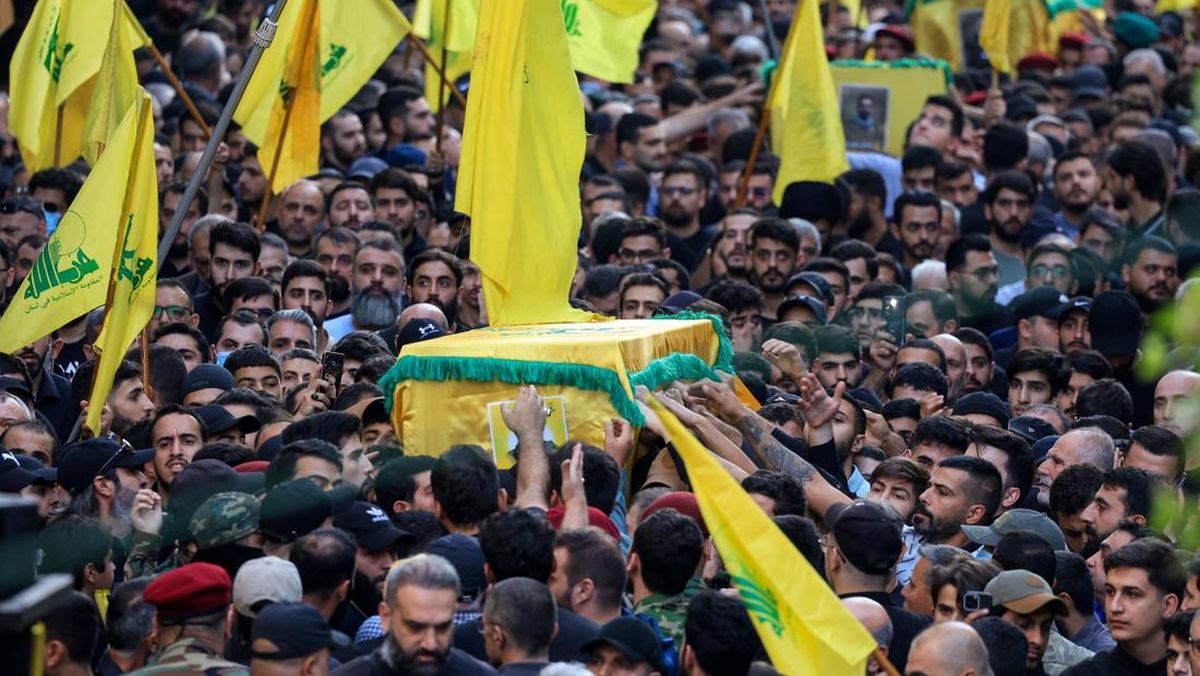As the mercury soars above 35 degrees across Sydney and NSW, the fire danger has hit extreme in most of the state and catastrophic in the Central West after soil and vegetation dried out over spring.
In Sydney, the temperature was 30.5 degrees at 10am and expected to hit 36 degrees, with no rain on the radar, the Bureau of Meteorology said.

A runner at Blackwattle Bay on Wednesday before the heat soared into the mid-30s.Credit: Kate Geraghty
This follows a hot, dry spring. In October, temperatures were above to very much above average across the state – the highest on record for some parts, including north-eastern parts of the state. Rainfall of 19.9 millimetres was 59 per cent below the 1961-1990 average.
The forecast for a wet spring was turned on its head after a freak heat wave above Antarctica – a “sudden stratospheric warming episode” – brought drier conditions.
Rural Fire Service deputy commissioner Ben Millington said the grass grew tall during the wet winter in the central and western parts of the state then dried out over the recent hot, dry weather.
“What we are really concerned about is any new ignitions today,” Millington said. “We’re likely to see high temperatures, late 30s, early 40s, low humidity and strong winds of 50 to 70 kilometres an hour. Any new fires under these conditions will be very difficult to contain and may threaten communities throughout the day.”
While much of the state was in the second-highest fire danger rating – extreme – the Central West local government areas of Bland, Tamora, Laughlin, Dubbo, Narromine, Forbes, Parkes and Weddin were in the highest – catastrophic.

Rowers from the Glebe Rowing Club prepare to take to the water at Blackwattle Bay before the heat of the day.Credit: Kate Geraghty
Millington said there were 27 fires across the state, four of which were uncontained, but the biggest risk was new fires, especially in the catastrophic fire areas. In the Central West this would mostly mean grass fires, which don’t become as big as bushfires but can move extremely quickly and threaten homes.
Millington said crews had done a “fantastic job” of containing the existing fires, and the RFS had pre-positioned resources across the state, including additional strike teams, large air tankers and the RFS Chinook helicopter.
More to come
Get to the heart of what’s happening with climate change and the environment. Sign up for our fortnightly Environment newsletter.
Most Viewed in Environment
Loading


















































